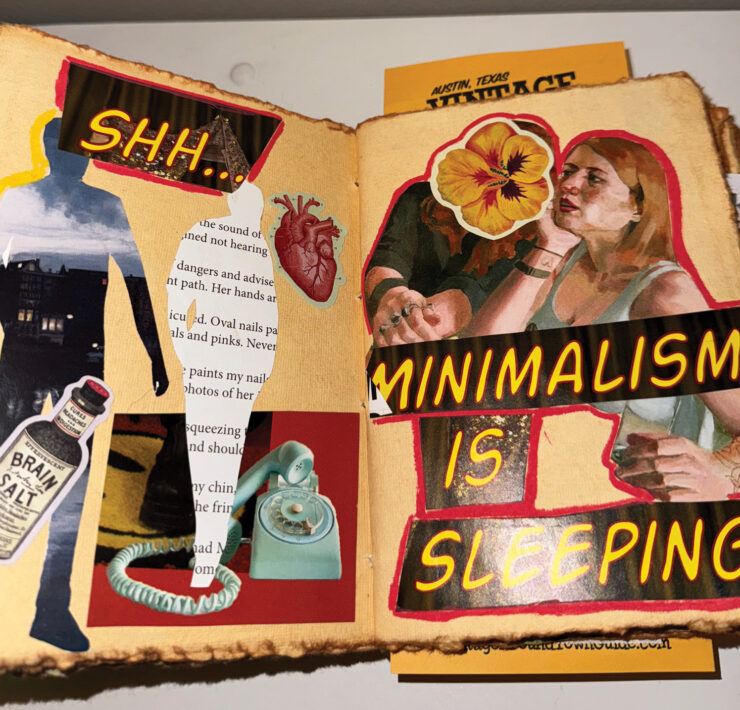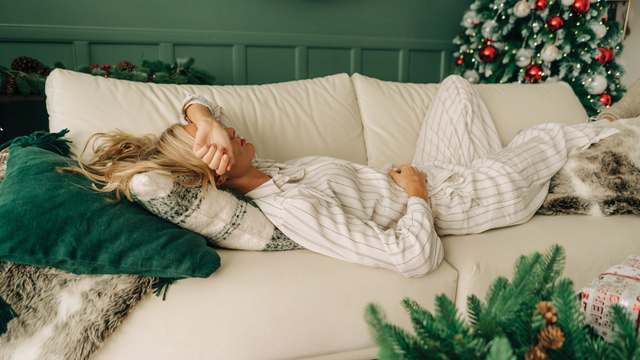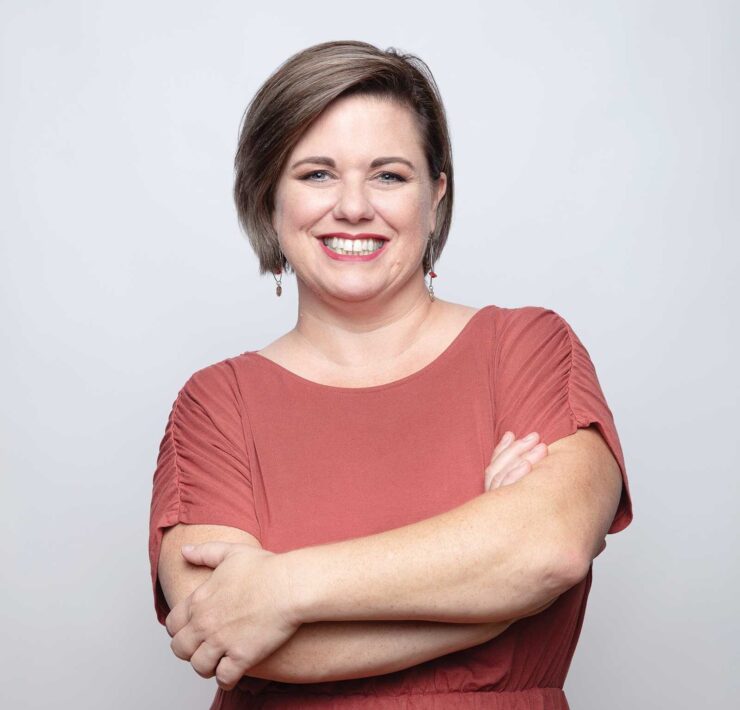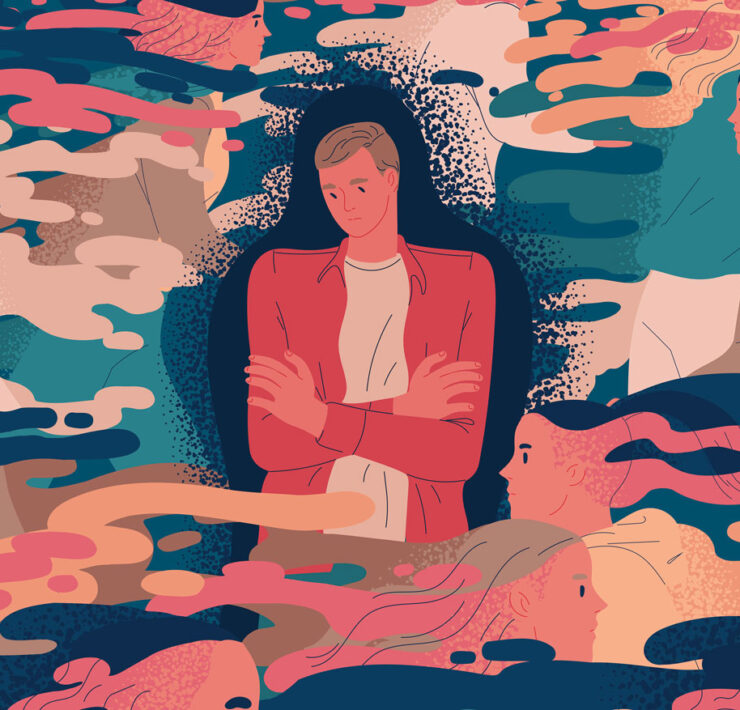988 Lifeline Turns 2
- "988 Lifeline Turns 2" originally appeared in the November 2024 "Impact" issue of COMO Magazine.

‘Team effort’ charts success, increased call volume for suicide prevention network.
Teamwork and partnerships are behind the success of the 988 National Suicide Prevention Lifeline, which recently marked its second anniversary.
“It was a team effort. A huge team effort,” said Carisa Kessler, director of crisis services for Burrell Behavioral Health in Columbia. Burrell is among six Missouri call centers where 988 calls are directed based on area codes.
Kessler credits national, state, and local partners for starting the local 988 call center.
“Multiple agencies and individuals coming together with the same vision is ultimately what led to the successful implementation and continued success of 988,” Kessler added.
The 988 Lifeline is a national network of local crisis centers that provides free and confidential emotional support to people who are in a state of suicidal emergency or emotional distress. The lifeline offers support twenty-four hours a day, seven days a week, with calls answered by or directed at trained professionals who can help individuals having a mental health crisis.
Since the start of the original National Suicide Prevention hotline in 2004, efforts have focused on making mental health services more readily accessible to individuals in crisis. One result of that emphasis was changing the number to 988, which allows for text messaging communications.
The Missouri Department of Mental Health is the 988 lifeline administrator in Missouri. Several funding streams are used to support 988 in Missouri, including federal block grants, federal 988 grants, and state general revenue funding.
For staffing the centers, each certified answering center is responsible for staffing its center. To ensure the calls are answered at all hours and that the center has enough trained crisis specialists available to take the calls, the call volume is closely monitored. Callers are also assessed to determine if they will have follow-up needs that can be addressed.
The crisis line data show an increase in calls since January 2023, when 229 of the 435 calls were from individuals in crisis. At that time, crisis specialists answered calls with ten seconds, on average, and spent an average of eleven minutes talking with the caller. The answer rate — the number of calls answered out of all incoming calls — was 95 percent in January 2023. Officials said the answer rate also includes calls that callers abandoned before being answered.
By comparison, there were 560 calls to the local crisis line in January 2024, and 402 were from callers having a mental health crisis. The data showed that crisis specialists answered calls within nine seconds, on average, and they spent an average of 15 minutes talking with the caller. The answer rate was 93 percent.
“We have seen an increase in calls since 988 rolled out,” Kessler said, noting that continuing to educate local communities and bringing awareness about 988 is a major contributing factor to the call volume increase.
“Once individuals realize the support and assistance received by utilizing 988, they are more inclined to not only call again but encourage those around them to call as well,” she added.
There are multiple ways to contact 988: Via call, text, and chat. There are also resources for specific groups and individuals, including individuals with neurodivergence, mental health for specific ethnic groups, maternal mental health, youth, disaster survivors, Native Americans, veterans/service members, loss survivors, LGBTQ, suicide attempt survivors, and deaf and hearing-impaired individuals.
The 988 rollout has allowed mental health providers to reshape how they deliver crisis services. Now, in addition to the lifeline, the mental health landscape follows “a crisis continuum,” which includes the hotline, a mobile response option, and behavioral health crisis centers, such as Burrell.
The mobile crisis response was created to make services available to individuals experiencing a behavioral health crisis, whether in their home, workplace, or another community-based location. The two-person team, which is made up of a mobile crisis specialist and a certified mobile peer specialist, may also provide a response via telehealth.








